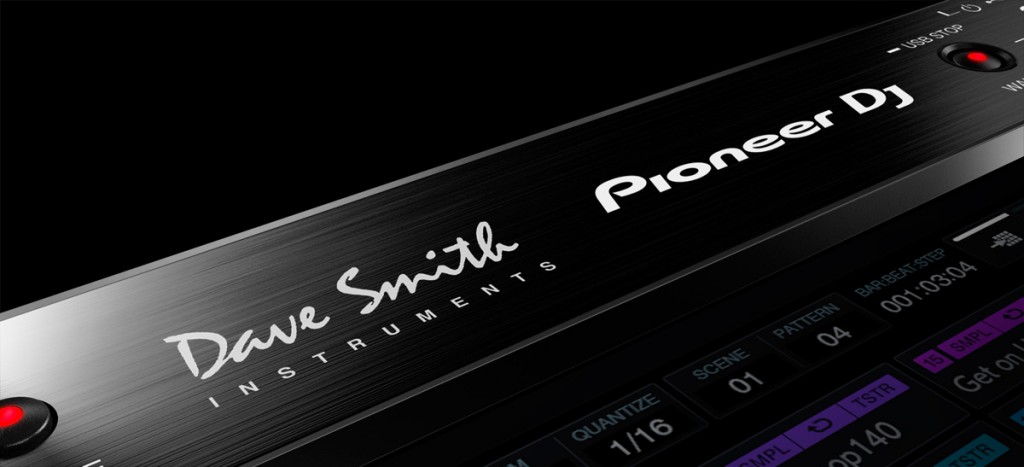When news leaked last week that synth legend Dave Smith was collaborating with Pioneer, a few eyebrows were raised. Today, it all made sense: Pioneer wanted the sound of Dave Smith Instruments’ superb analog filters on their new sampler. Since it’s a key selling point, I was curious to know more about those filters.
The high-pass and low-pass filters are each based on those on the Prophet-6. DSI didn’t just email over the specs for their filters to Pioneer in Japan and call it a day. There are some differences that DSI have confirmed to CDM. Some technical details are different (think voltage), but the main changes are these:
You get two of each (one for each channel in the stereo signal path); the Prophet-6 is mono.
The low-pass filter adds a new “Drive” option. (Actually, I wish this were on the Prophet, too!)
The high-pass filter on the Pioneer box has a fixed resonance, the Prophet-6 has an edge here, with a dedicated, user-adjustable resonance parameter (which isn’t always something you get on a high-pass).
Dave also tells us there were “some minor tweaks,” too. “For example, we limited the lowpass resonance so the filters would not oscillate, since that might be a bit extreme in a live setting,” he says, hastening to add that otherwise, “it definitely sounds the same, since it is the same!” (Self oscillation meanwhile I see is listed as a selling point in the Prophet-6 specs!)
Pioneer also confirms with CDM that there were changes making, pointing out the obvious – that a filter sits differently in a sampler than it does in a synthesizer. Min/max values were tweaked on the cutoff knob, too, says Pioneer. The high-pass circuit uses a similar circuit, but also involved collaboration between Pioneer and DSI. This is all interesting, too – because the DSI – Pioneer working relationship established on the SP-16 it seems to me might lead to involvement on future products, particularly if the SP-16 is a hit.
Also, I asked Dave to go into more detail on what makes these analog filters special. (There are some vague references to warmth and unpredictability in the video, which Dave says is actually an unscripted interview.) I wasn’t interested in taking a side in the analog versus digital debate – CDM also makes its own synth that combines digital oscillators with an analog filter, after all! But as this question came up even in our panel at Superbooth on Friday, I was curious what makes analog filters – and these analog filters in particular – significant. Dave answers:
It goes well beyond the variations; it’s all the non-linearities, distortions etc of the specific design. The difference between the Prophet 6 filter and the OB6/SEM filter is significant (along with ladder filters, ms20 filters, etc), though they are all designed to do the same thing.
And, I think it’s due to the filters, since we get these comments from both our 100% analog instruments and our synths with digital oscillators; there’s something they do that makes it all work. And that’s why the filters make so much sense on this product; digital front end, softened (warmed, fattened, whatever) by the analog filters!
Makes sense to me. Dave also cautioned that he’s not religious on the discussion either, reminding us that “I’ve incurred the wrath or many over the years for daring to combine digital with analog. I just want to make the best and unique instruments possible.”
He continues to do that, so Dave, thanks!
For a refresher, here’s a bit of what the Prophet-6 sounds like:
http://davesmithinstruments.com
